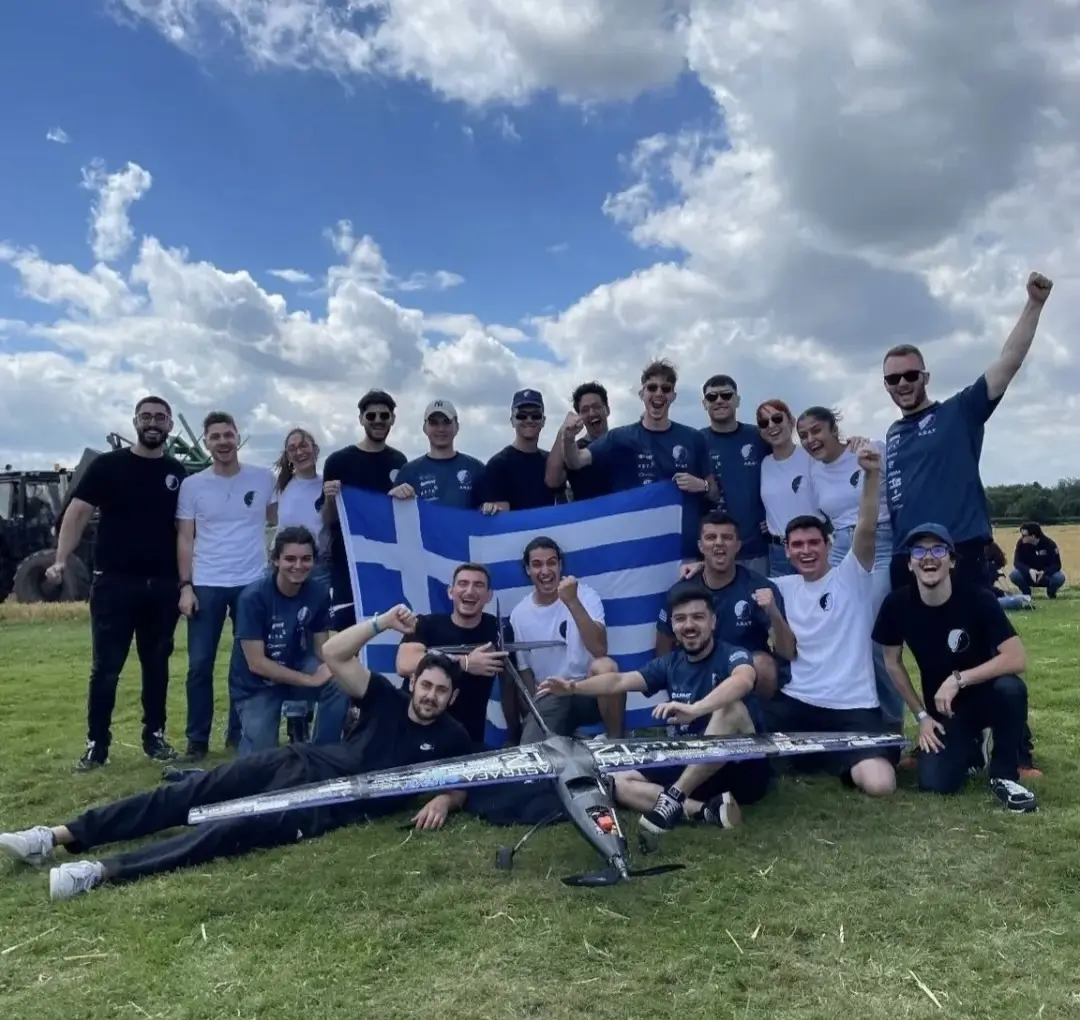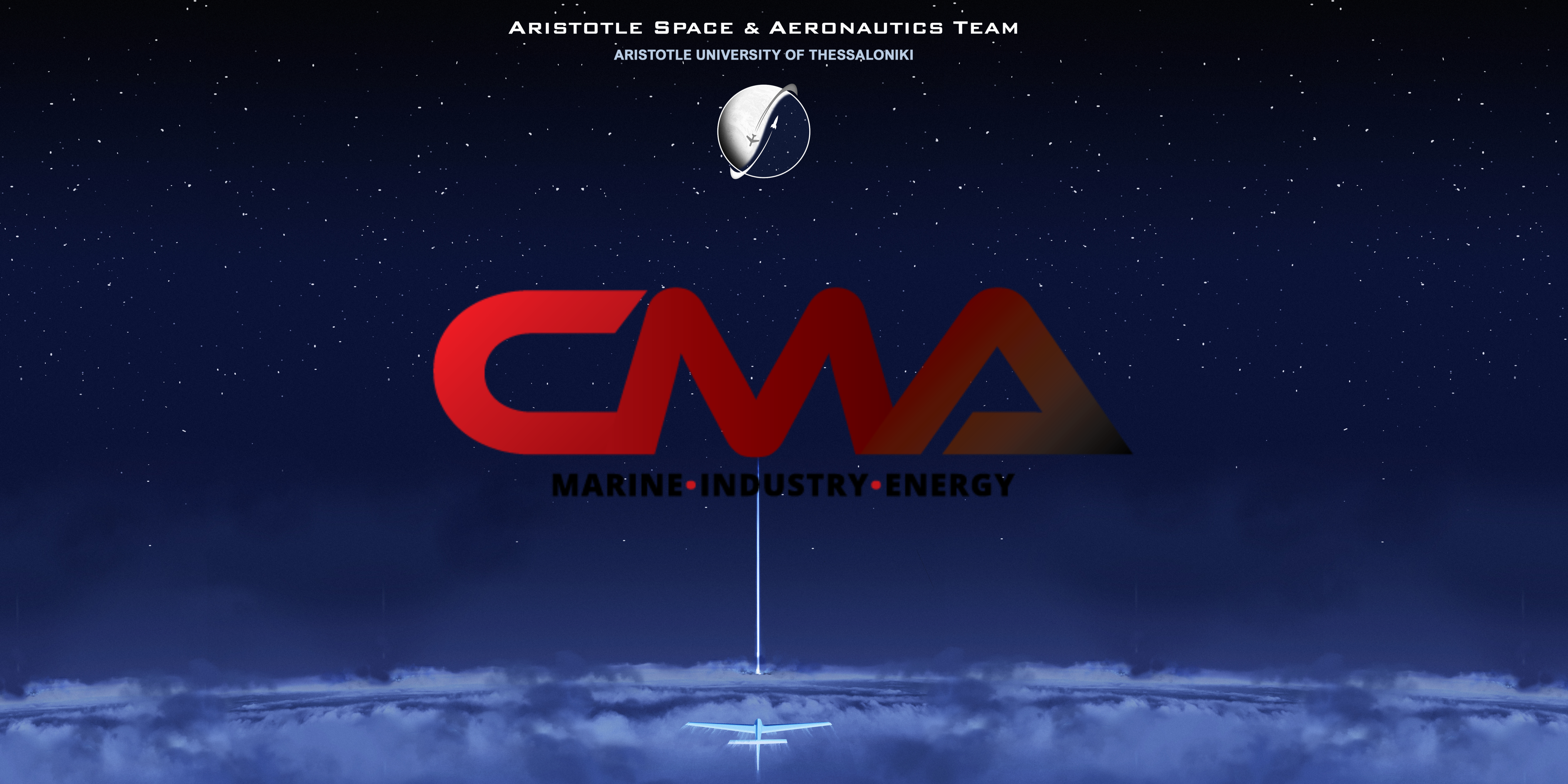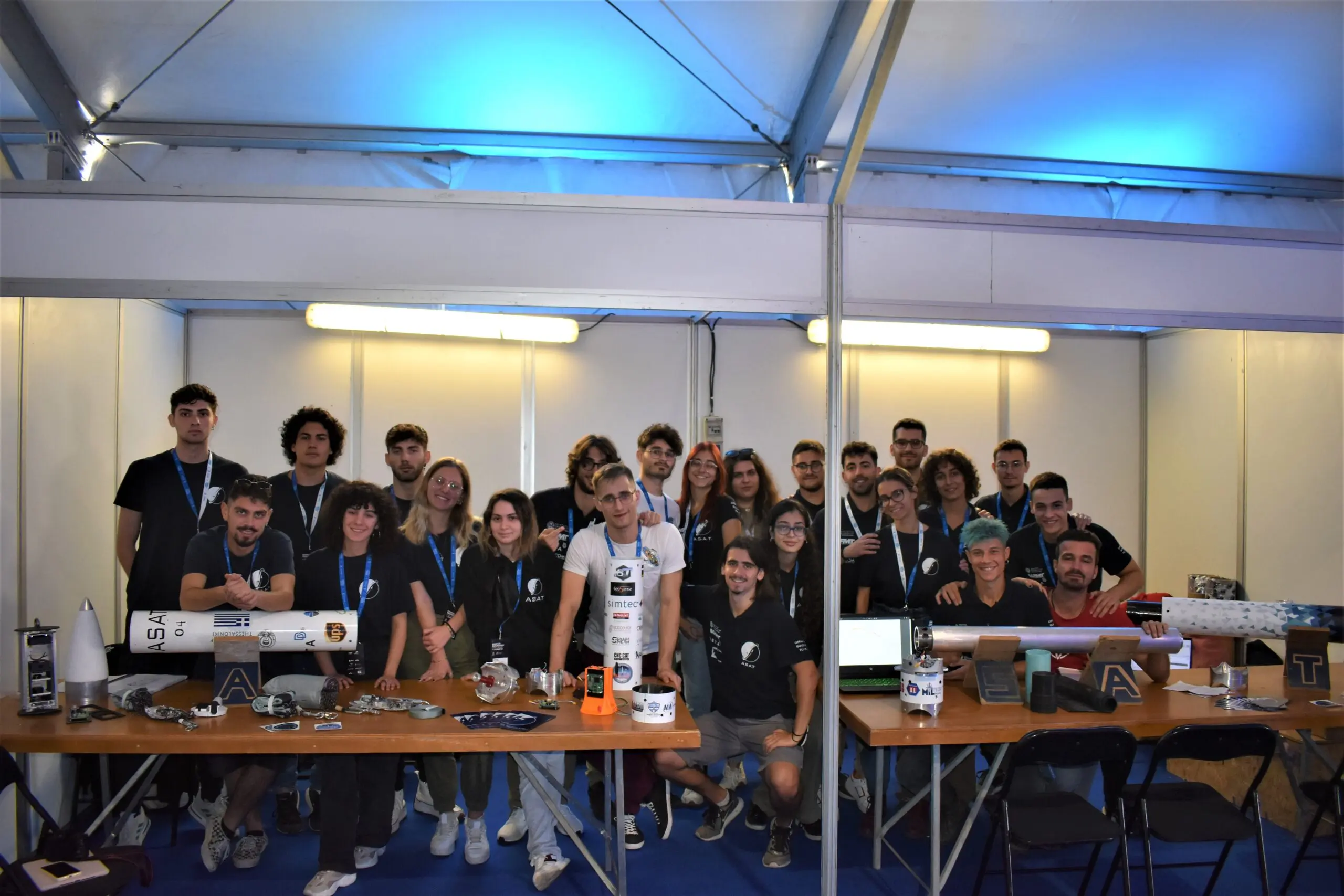Besides the countless missions that ASAT achieves every year, another goal of the Rocketry Department is to develop innovative projects based on advanced technology. One of these is the active participation in the design and manufacture of solid rocket motors such as the I-Class and Sirius.
But what are the main differences between ASAT’s two latest R&D Projects?
Motor’s Mission
Each motor has a different mission. Although both motors have common goals such as successful static tests, operating point approach and validation, the team used the I-Class model experimentally to gain technical experience with SRMs. Sirius’ mission is to be used in ASAT’s High Power Rocket which will be launched at 3000m at the upcoming EuRoC 2022 competition in Ponte de Sor, Portugal. Design Philosophy
As the Rocketry Department proceeded with the Sirius’ design it was based particularly on rocketry standards and competition regulations while constant expert feedback was not lacking during the process. Subscale motor experience and analysis were gradually added to the Sirius design fundamentals.

Solid Propellant Chemical Composition
A common feature of both I-Class and Sirius motors cannot be anything other than the chemical composition of the solid propellant:
Potassium Nitrate → 65% Oxidizer → Provision of Oxygen Molecules for Combustion
Sorbitol → Fuel 35% → Production of Oxygen.
The specific ratio offers maximum efficiency and facilitates the preparation,
with the combustion equation being:
5O2 + 4KNO3 + 2C6H4O6 -> 12CO2 + 4H2O + 2N2 +2K2CO3

Performance Characteristics
The table below shows the performance characteristics of each motor designed and built by the Propulsion Subsystem of the Rocketry Department.
| Characteristics | I-Class Motor | Sirius Motor |
|---|---|---|
| Overall Mass | 1 kg | 12 kg |
| Propellant Mass | 400 gr | 7,5 kg |
| Maximum Thrust | 650 N | 3750 N |
| Burn Time | 1 s | 3 s |
| Specific Impulse | 132,5 s | 132 s |
| Total Impulse | 505 Ns | 3721 Ns |
| MEOP | 7 MPa | 6.5 MPa |
Motor parts
Casing: This is the metal combustion chamber of the motor. Its main role is to accommodate and withstand the combustion process, so it is one of the most critical components. It is the main structure of the motor on which every other component is assembled.

Thermal Insulation:
Liner: is the first layer inside the metal chamber. Its main role is to absorb significant thermal stresses to protect the chamber and make it reusable. It also fills any gaps between the suspended grains and the chamber to avoid any pressure losses.
Inhibitor: This is the second layer inside the combustion chamber which is attached to the grains. It is the mold of the fluid propellant during the casting process. Its main role is to limit the burning surfaces of the grains and to provide structural integrity to the solid propellant components. It also provides additional protection in terms of thermal stresses transferred from the combustion to the chamber.
Igniter → Igniter
It is the component through which the initiation of the combustion process is achieved. It is placed at the upper area of the motor and through electricity, sparks occurred initiating the system. Through this procedure the combustion starts along the motor by the hot gases.
Propellant → Solid Propellant
It is the solid propellant of the SRM. Its shape is cylindrical with a cylindrical core. The dimensions and the segment number take specific values which determine motor’s performance. The solid segments are produced with the casting method where the fluid propellant is casted into molds. Then, the segments are cured by pressure enforcement resulting to a demolding process for the final shape of the propellant segments.
Nozzle → It is one of the most significant parts of the motor. Its main role is to accelerate the hot gases subsonically and then supersonically. This expansion creates the thrust by the 3rd Newton’s Law



Motor Static Test
Motors’ Test Stands have been designed to host the static tests of the motors. I-Class project had sensors of thrust and temperature while Sirius had the extra one of the Pressure. Sirius’ Test-Stand is flexible on motor alignment in every direction. There was progress in Propulsion Electronics too, as a PCB has been designed to support the static tests. Both Test-Stands can be placed horizontally and vertically to extract the mass flow rate during this kind of tests.

Goals
The Propulsion Subsystem sets different goals that each motor has to achieve.
The I-Class motor was designed to serve three main objectives: to measure thrust and temperature while validating experimental measurements with the estimated theoretical values. This model was not intended to be used in a rocket.
Sirius has the same objectives as the I-Class with the addition of pressure measurement inside the combustion chamber. Although, a huge goal for Sirius is to be used into ASAT’s High Power Rocket, Andromeda, which is going to compete in EuRoC 2022.
I-Class’s chapter was long and invaluable to us. Until now, the I-Class model has been tested 9 out of 11 times successfully at the Air Club of Serres. This model offered us the necessary knowledge and experience to set and fulfill our goal: to participate in the upcoming International and European rocketry competitions with our own motor, something that no Greek team has achieved so far. Sirius aims to lift Andromeda to an apogee of 3 km and thanks to our I-Class experience, its mission is one of the most interesting challenges the Rocketry Department has faced!





